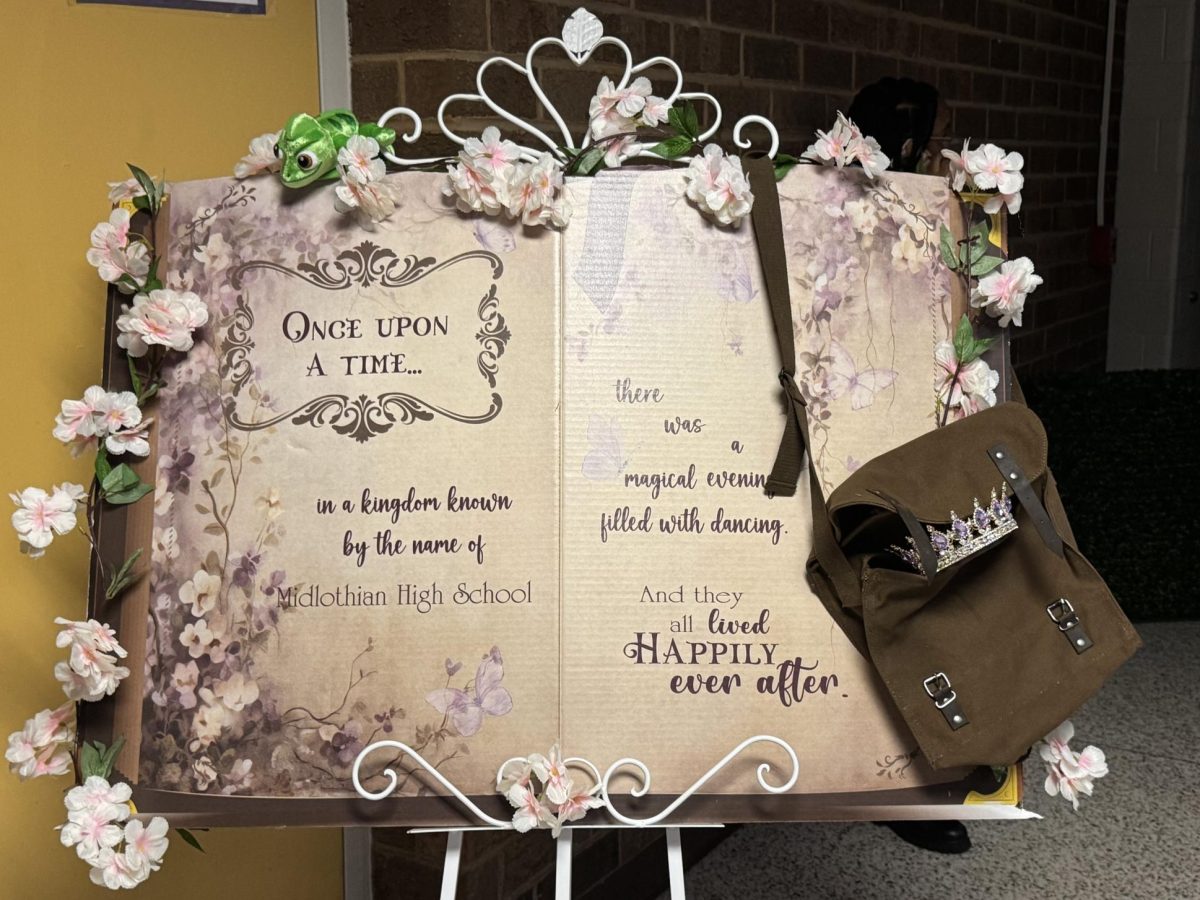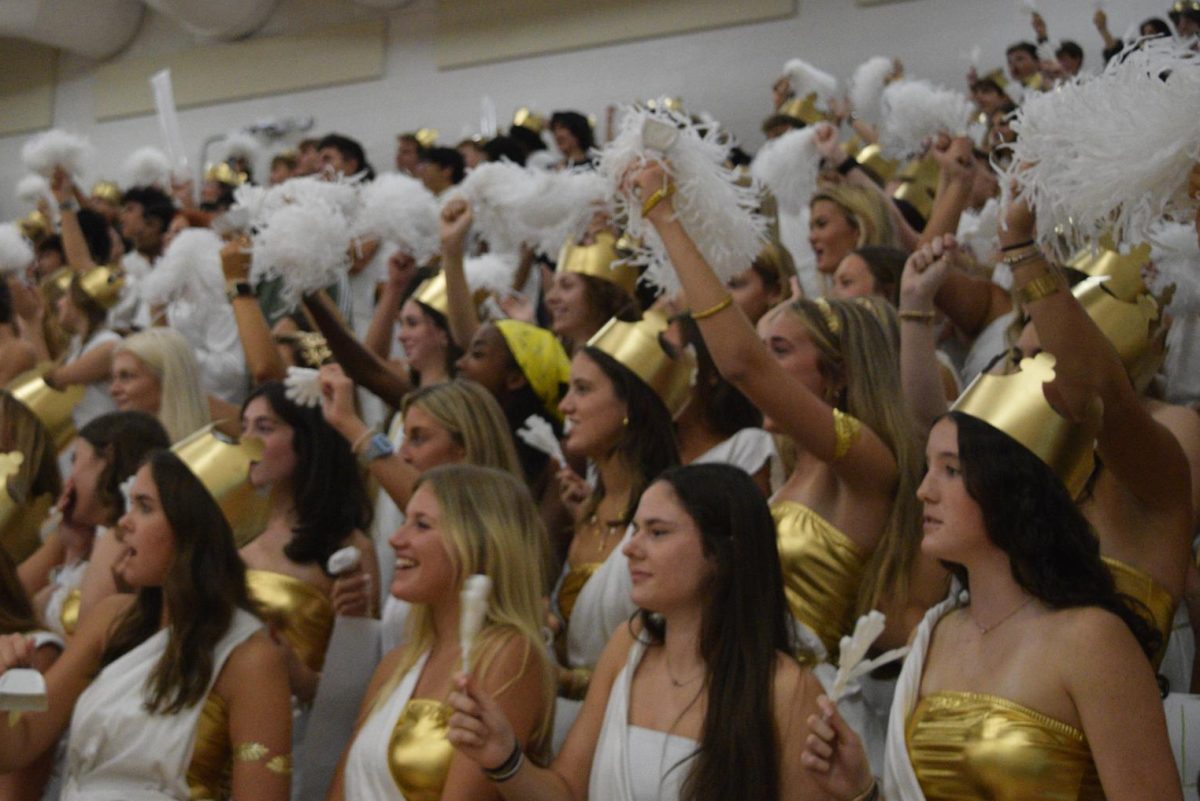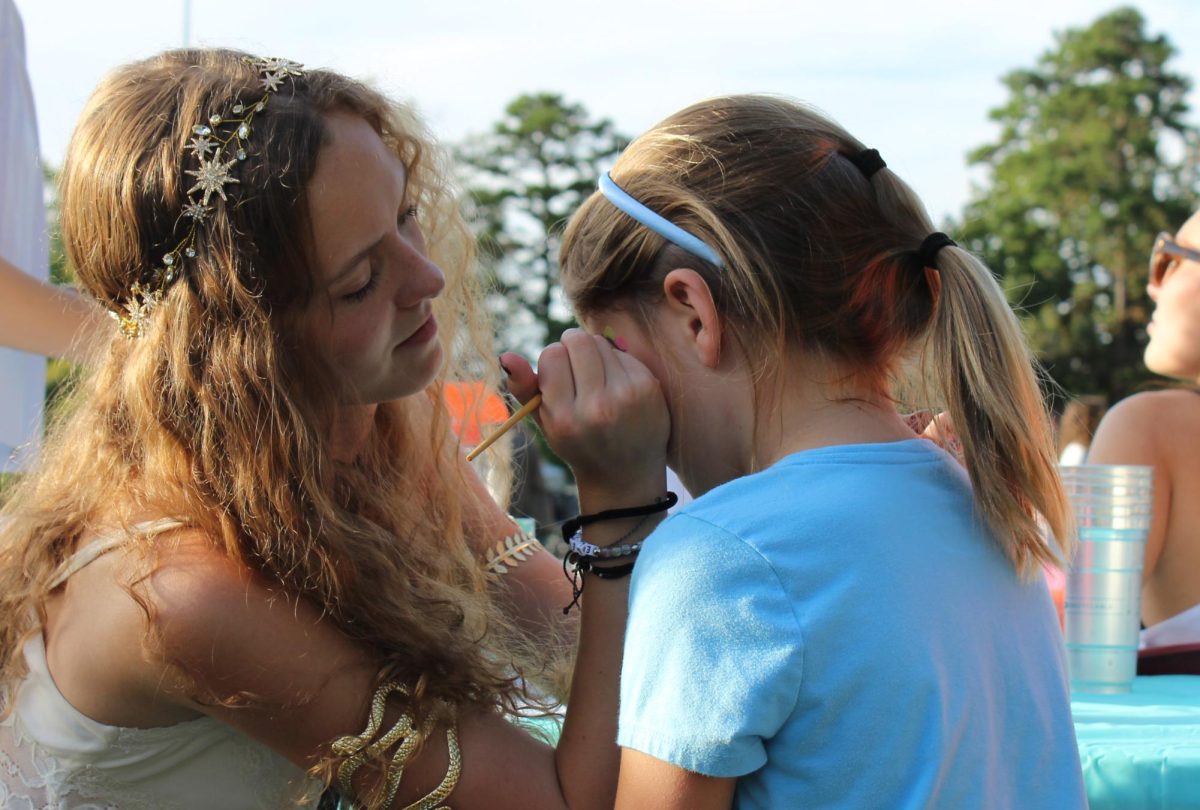Many mysteries linger about the day of the Irish. St. Patrick’s Day is celebrated world wide, but does everyone really understand the celebration? Facts about March 17th vary from intriguing to informational. Who was St. Patrick, and what did he do? Why is the shamrock a symbol of the day? People don’t realize how weird and wonderful this day truly is.
Generally, celebrations involve wearing green and searching for four-leaf clovers and pots of gold to celebrate the holiday. The holiday’s namesake, the great Irish saint, St. Patrick, was a British man who spread Christianity in Ireland during the fifth century. The color green eventually became associated with St. Patrick’s Day, as green was the color for the Irish Revolution in the eighteenth century. However, the original color for St. Patrick’s Day was “St. Patrick’s blue.” Therefore, if you do not want to wear green on St. Patrick’s Day, wear St. Patrick’s blue and teach whomever pinches you about the original color for St. Patrick’s Day.
Other fun facts: As for the shamrock, when St. Patrick spread Christianity throughout the country, he used the clover as a symbol to explain the Holy Trinity (the Father, Son and Holy Spirit). The four-leaf clover is said to represent hope, love, and faith, with the fourth leaf bringing good luck. The word shamrock originated from the Irish word seamrog, meaning little or young clover. Leprechauns, the magical creatures of the holiday, are protected under European law. Curiously, not only the Europeans have an interest in the little beings; in fact, in the middle of a road in Portland, Oregon, a small patch of land is dedicated as a colony or park for the leprechauns.
From the legend of St. Patrick to the luck of leprechauns, St. Patrick’s Day is a well-known, fun-filled holiday, celebrated by those of Irish descent and anyone with a sense of adventure and spirit.









